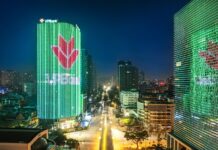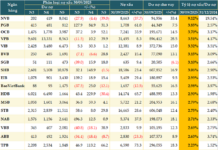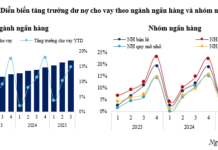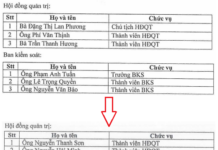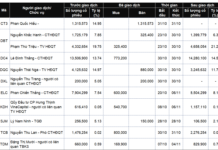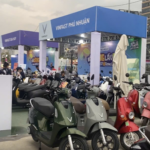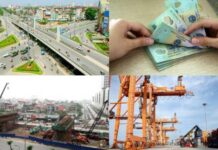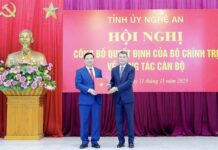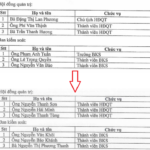Emissions Control Proposal for Ho Chi Minh City
The Ho Chi Minh City Department of Construction has developed a proposal to control vehicle emissions, with plans to establish a low-emission zone in the city center by next year – 2026.
In the initial phase (2026), commercial vehicles that do not meet Euro 4 standards and business motorcycles below the Euro 2 standard will have restricted access. In addition, heavy-duty diesel-run trucks will be completely banned from the low-emission zone.
From 2027 to 2032, the city will expand these restrictions to include motorcycles and motorbikes below the Euro 2 standard and cars below the Euro 4 standard circulating in the city center. Starting in 2032, Ho Chi Minh City will raise emission standards for cars and motorbikes entering the low-emission zone.
This means that gasoline and diesel-run cars and motorcycles that do not meet emission standards will be restricted from entering the low-emission zone in the city center.
To effectively control emissions, in addition to the low-emission zone and incentives for switching to electric vehicles, Ho Chi Minh City aims to aggressively expand its network of electric buses and develop a public bicycle system.
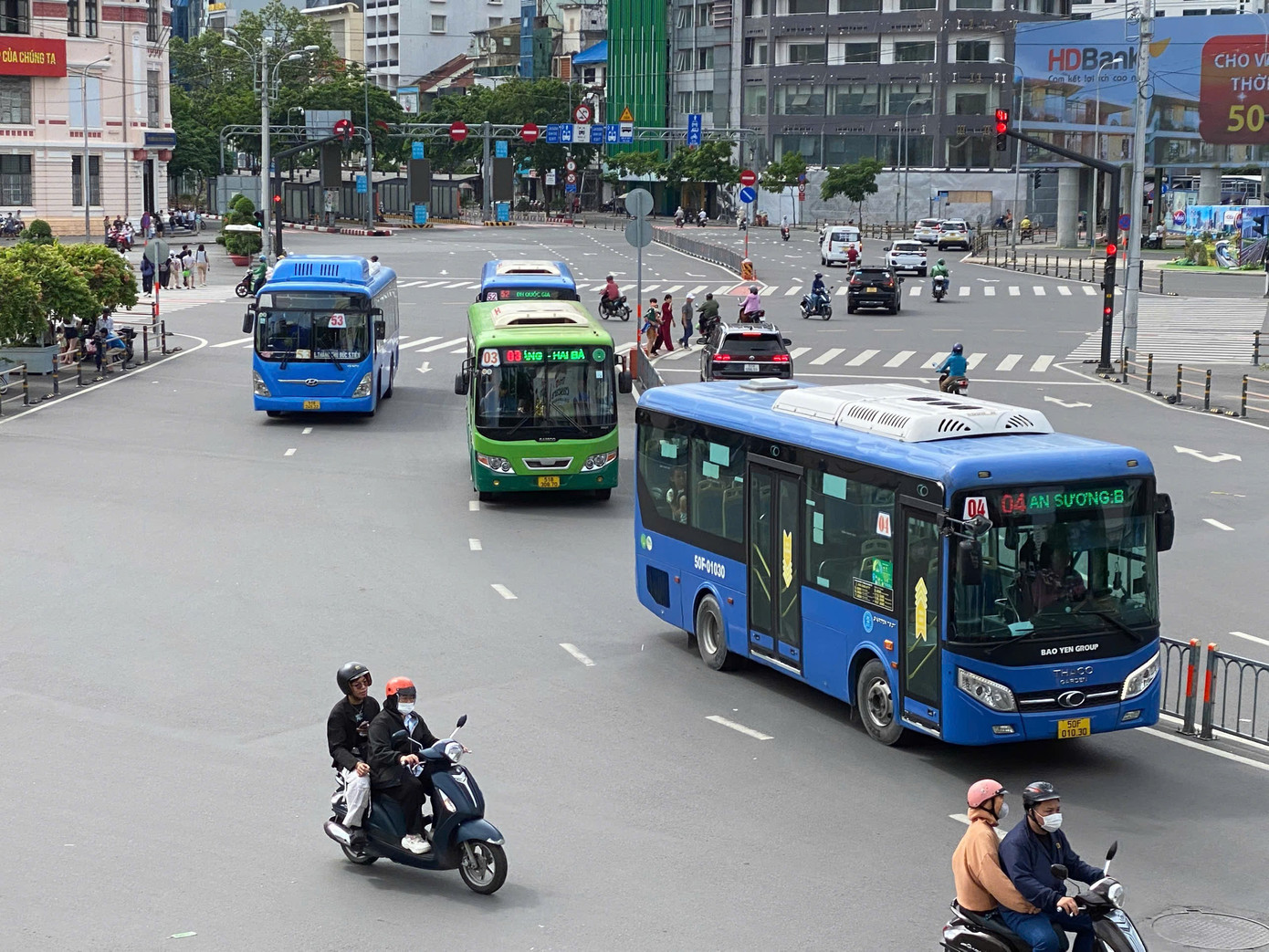
The proposal recommends opening 72 new bus routes with 1,108 buses, prioritizing electric vehicles in the 2025-2030 period. Illustration: Huu Huy
According to the proposal, the city plans to open 72 new bus routes with 1,108 buses, prioritizing electric vehicles in the 2025-2030 period.
Specifically, in the first phase, the city aims to develop a public passenger transport network using buses and gradually transition to electric buses. The detailed plan includes: opening 19 routes with 333 buses in 2025; adding 8 routes (79 buses) in 2026; opening 10 routes (147 buses) in 2027; 10 routes (221 buses) in 2028; 11 routes (125 buses) in 2029; and 14 routes (203 buses) in 2030.
Public passenger transport buses using CNG and diesel, which are currently operating according to signed contracts, will continue until the end of the contract period. After the contracts end, the following transition plan will be implemented:
For public passenger transport buses using CNG and diesel with a usage period of more than 15 years: replace and invest in new electric and green energy buses.
For public passenger transport buses using CNG with a usage period of less than 15 years: these buses can continue to be used for public transport provided that the vehicle is not older than 15 years.
For public passenger transport buses using diesel can continue to operate until 2029 provided that the vehicle is not older than 15 years.
For non-subsidized bus routes (including intra-city and inter-provincial routes): 100% replacement with new electric and green energy buses.
For new bus routes opened from 2025 onwards: 100% use of public passenger transport buses with electric and green energy.
By 2030, all buses in the area are planned to switch to using electricity or green energy. The city will also build 25 charging stations with a total of 236 charging posts dedicated to electric buses.
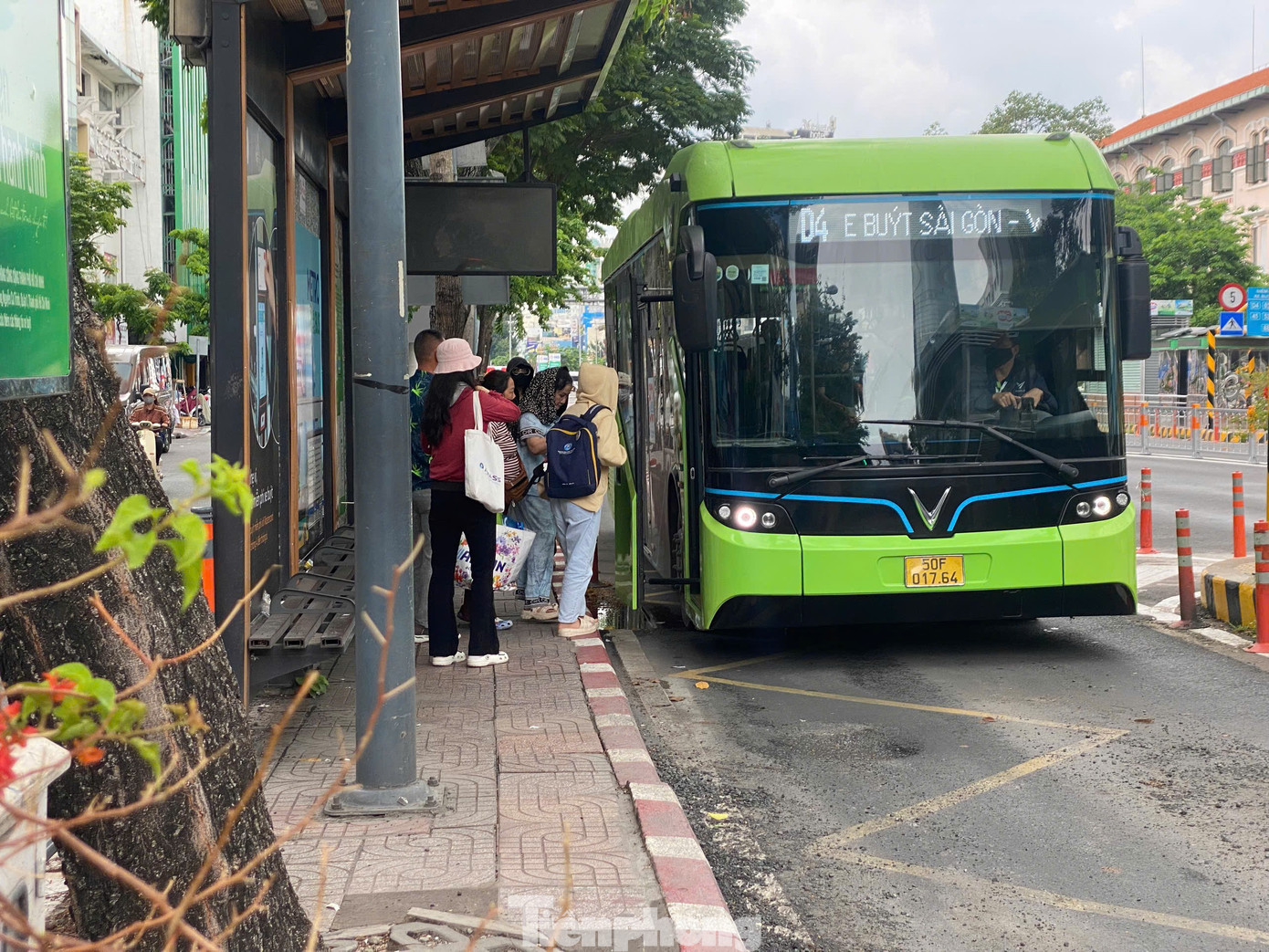
Electric buses in operation in Ho Chi Minh City center. Photo: Huu Huy
The proposal identifies socialized capital as the main source of funding for its implementation, with the state investing in infrastructure for stopping and parking points. Enterprises will invest in public passenger transport vehicles using electric buses, depots, maintenance workshops, and other supporting infrastructure for public transport operations.
Along with this, Ho Chi Minh City plans to strongly develop a public bicycle system, initially prioritizing routes with sidewalks wider than 3m. The service will be expanded to the Thu Duc University Village, new urban areas in Thu Duc City, and along metro stations. In the first phase, about 5,000 bicycles will be deployed in the central area to meet the travel needs when personal vehicles are restricted and to support other public transport services such as buses, river buses, and the metro.
From 2026 to 2030, the city will vigorously develop a public bicycle system in the central area, in tandem with the implementation of measures to restrict the circulation of gasoline-run cars and motorcycles, ensuring a minimum of 8,000 bicycles in the central area. Subsequently, the system will be expanded citywide. The entire project will be implemented with socialized capital, without using the state budget, and has attracted the interest of many enterprises.
Roadmap for the Transition from Diesel to Electric Buses in Ho Chi Minh City
According to the proposal, public passenger transport buses using diesel fuel can continue to operate until 2029, provided that the vehicles are not older than 15 years. The detailed roadmap is as follows:
2025: 32 diesel bus routes (572 buses) will continue to be put up for bidding with a contract implementation period of 2 years. By 2027, these routes must switch to using electric buses.
2026: 15 diesel bus routes (310 buses) will continue to be put up for bidding with a contract implementation period of 2 years. By 2028, these routes must switch to using electric buses.
2027: 6 diesel bus routes (84 buses) will reach the end of their contract implementation period. Bidding will continue with a contract implementation period of 2 years. By 2029, these routes must switch to using electric buses.
2029: 19 diesel bus routes (268 buses) will reach the end of their contract implementation period in 2028. By 2029, these routes must switch to using electric buses.
2030: 17 diesel bus routes (138 buses) will reach the end of their contract implementation period in 2029. By 2030, these routes must switch to using electric buses.
Electric Vehicle Revolution: Empowering Ho Chi Minh City’s Transition to a Greener Future
The electric vehicle revolution is here, and it’s time for businesses to step up. We’re calling on manufacturers, infrastructure developers, ride-sharing platforms, and banks to join the movement and support the transition to electric cars. It’s not just about the environment; it’s about staying ahead of the curve and meeting the evolving needs of customers and drivers.
Unique Tourism Proposal: Sinking a Ship in Con Dao – What Do the Tourism Authorities Say?
The proposal to sink the Sheng Li vessel off the coast of Con Dao presents an intriguing opportunity to create a unique, world-class dive site. However, consideration must be given to the potential impact on the nearby beach, which is a popular tourist destination. A delicate balance must be struck between developing an exciting underwater attraction and preserving the natural beauty and recreational value of the beach.
“Inspiring Businesses to Soar: The Made by Vietnam Forum Advantage.”
On August 8, 2025, at the Ho Chi Minh City Television Theater, the Plenary Session of the ‘Made by Vietnam’ event – honoring Vietnamese brands organized by Ho Chi Minh City Television – brought together leaders, experts, and enterprises to discuss solutions to help the business community thrive in this new era.
A New Wave of Investment is Coming to Ho Chi Minh City
Amidst the backdrop of its expanded geographical boundaries, now encompassing Binh Duong and Ba Ria-Vung Tau, Ho Chi Minh City is bracing for a wave of new investments. Experts weigh in, citing the city’s most formidable challenge: sustaining this influx of capital by promptly adapting to the evolving policies and demands of investors.







